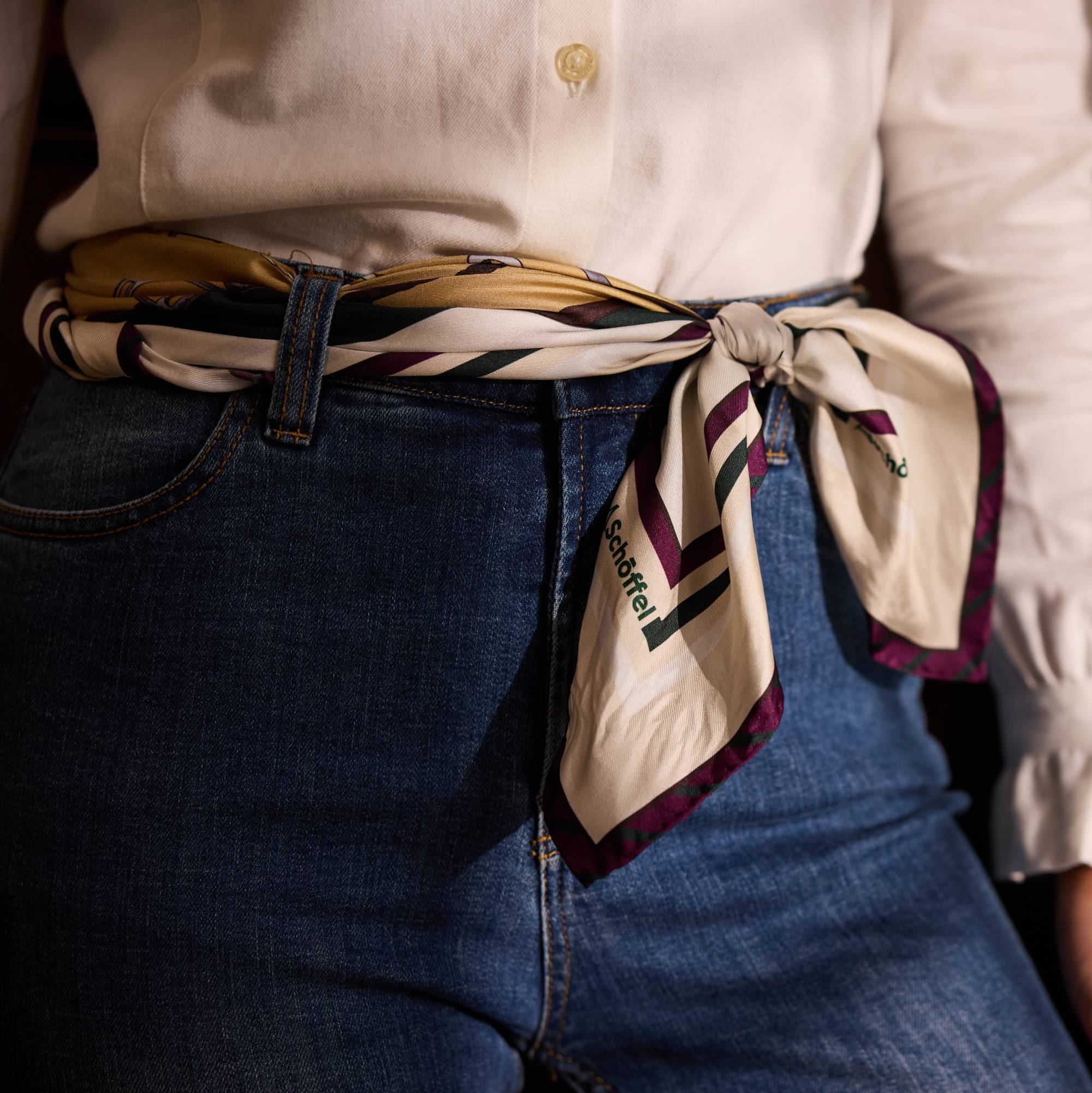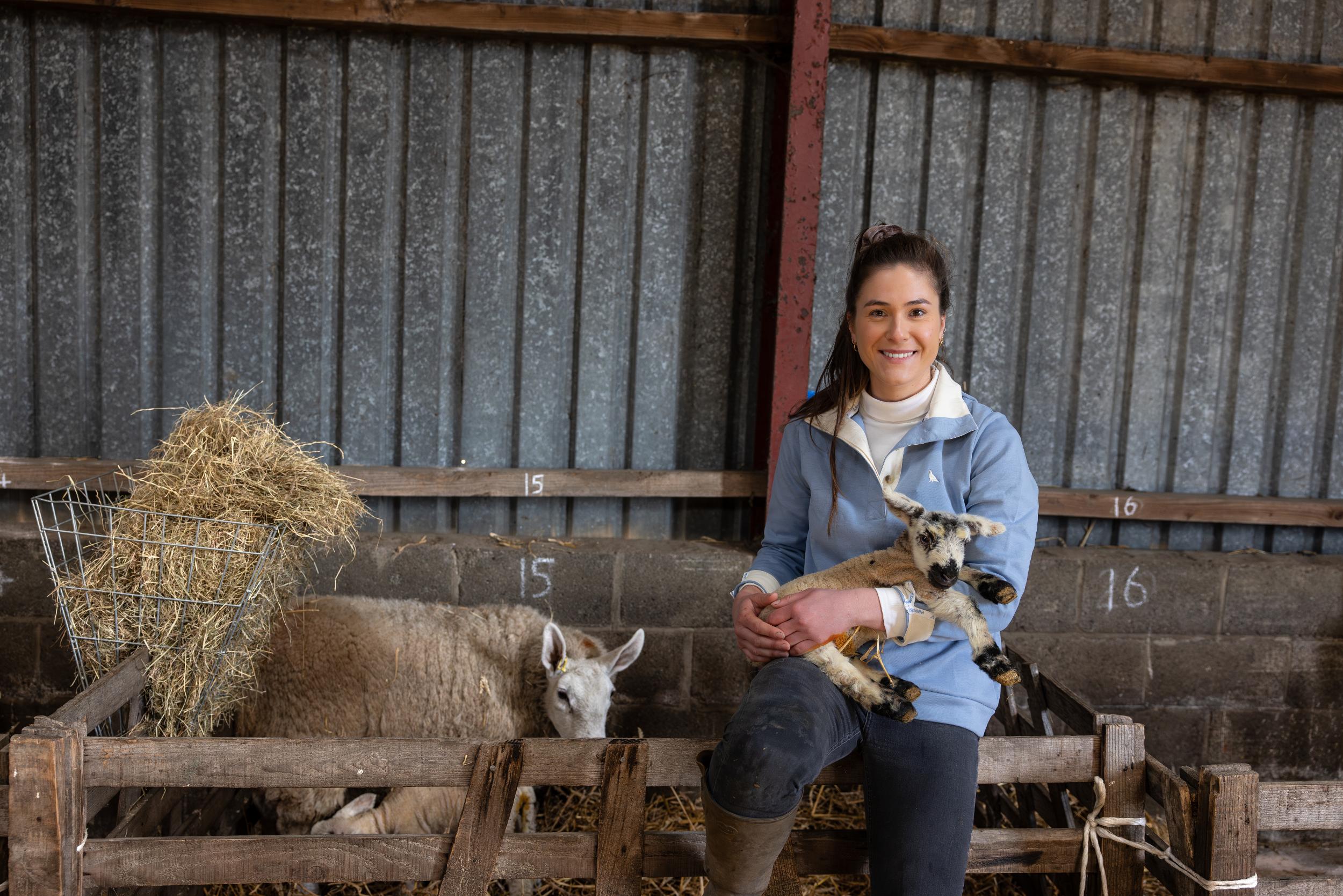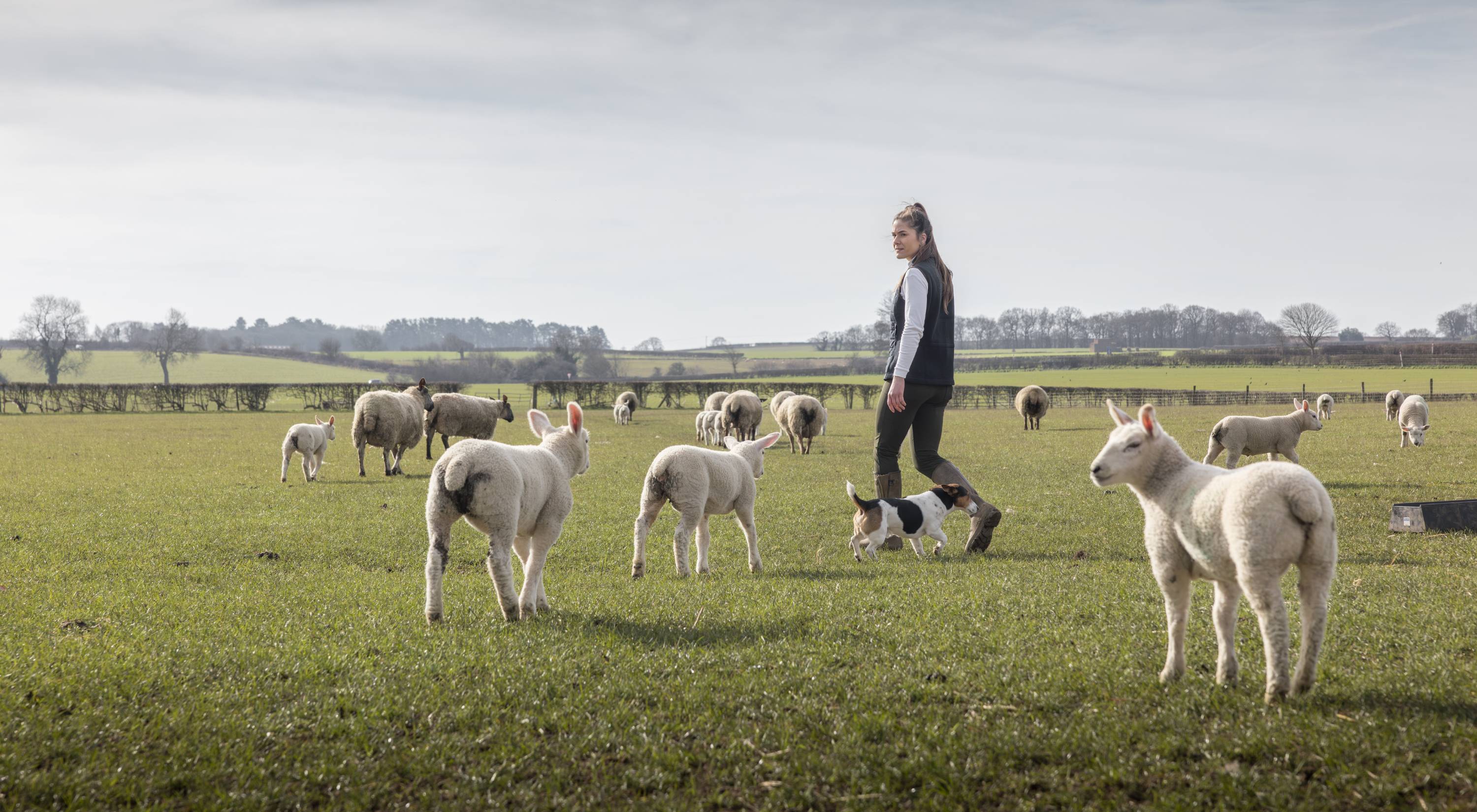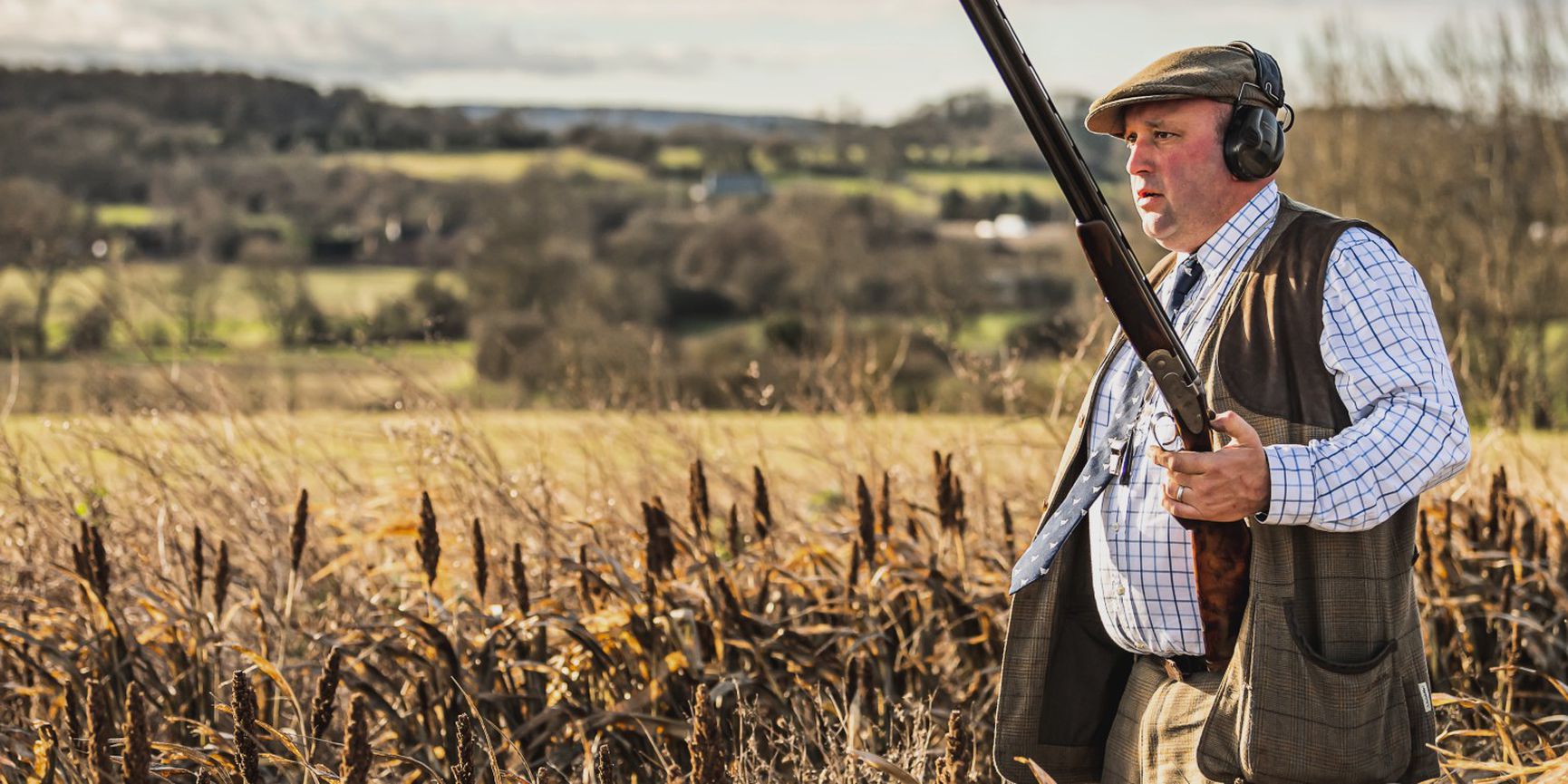
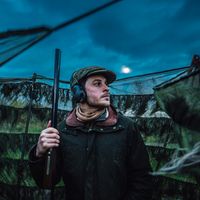
What's it like to be a gamekeeper in Winter
As winter unfolds, we really get into the thick of the shooting season. By now the team is running like a well-oiled machine; beaters, stops, pickers-up, caterers - everyone has a job and they all know exactly what to do.
The flip side of this is that the pheasants and partridges also know what is happening, so we have to be careful to rest drives as much as we can. With fewer daylight hours, wandering birds are not such an issue and the focus is on keeping disturbance to a minimum.
As natural cover recedes and food runs scarce, the time spent earlier in the year establishing healthy and robust cover crops that provide shelter and something to eat, now pays dividends. Warm, well-managed woodlands prove their worth, too - for game and wildlife. It’s rewarding to see good planning and investment in habitat pay off.
Winter lays bare any shortcomings on a shoot and it’s only when you get to this stage in the year that you really get a sense of how well the season is going. There’s much to deal with, not least the unpredictable weather; this winter we’ve had pea-soup fog, gale-force winds and high pressure to tackle - all in the space of a few weeks.
Come January, the excitement begins to build among the team. We put on a Beaters’ Day and a Helpers’ Day at the end of the season. It’s a chance for those who give their time - week in, week out - to swap flags for guns and stand by a peg for a change. The craic is unrivalled and there’s normally an awful lot of ribbing involved! Really it’s just a nice way to say thank-you, and we go for a drink at the pub afterwards.
Shoot days aside, as February approaches I’m already thinking about the year ahead. In any areas where I’m still seeing plenty of game, I’ll often set up a few small pens with feeders inside and catch-up some hen pheasants which can then be sold on as laying stock or swapped for chicks that will arrive in summer. Larsen traps that will eventually be used to catch egg-thieving corvids are checked and readied for use, too.
February is traditionally a quieter month for most keepers, but you can’t switch off completely. In fact, for me it’s a time for reflection. I’ll be thinking about what has gone well and what hasn’t, and where changes might be made for next season. Should we start shooting later in the season? Where could a new drive be created? How might we improve an existing drive? Have the partridges done better in one area than the pheasants, and vice versa? Is the format of the day conducive to a relaxed atmosphere? Are we giving ourselves enough time to do everything properly? There are lots of questions that I’ll be mulling over as I take things forward here at Whatton.
Of course, all of this ties in with the planning for next year. And a big part of this planning is nailing down budgets - for feed, equipment, chicks and fuel, to name just a few. It’s an important part of the job, but it can also be a challenge while prices are so volatile.
Meantime, there are still pheasants, partridges and countless other species that will benefit from continued feeding during the leanest months of the year. In February I tend to bring many of my feed hoppers in to be cleaned and disinfected, but I will continue spinning grain and seeds across the estate on the ATV right into April or May, helping all sorts of birds to stay in good nick ready for the breeding season.
That’s a date we have in mind while cracking on with the woodland management work. The more we can get done before spring is in full flow, the better. Felling, coppicing and ride creation are the priorities - more work that will one day, I hope, bear fruit.
And then, before we know it, the blackthorn is blossoming, the days are really drawing out and we’re back to where we started in my first diary entry last year. How time flies!
I wish you all the very best from the whole team here at Whatton.
Let’s see what 2022 brings.










